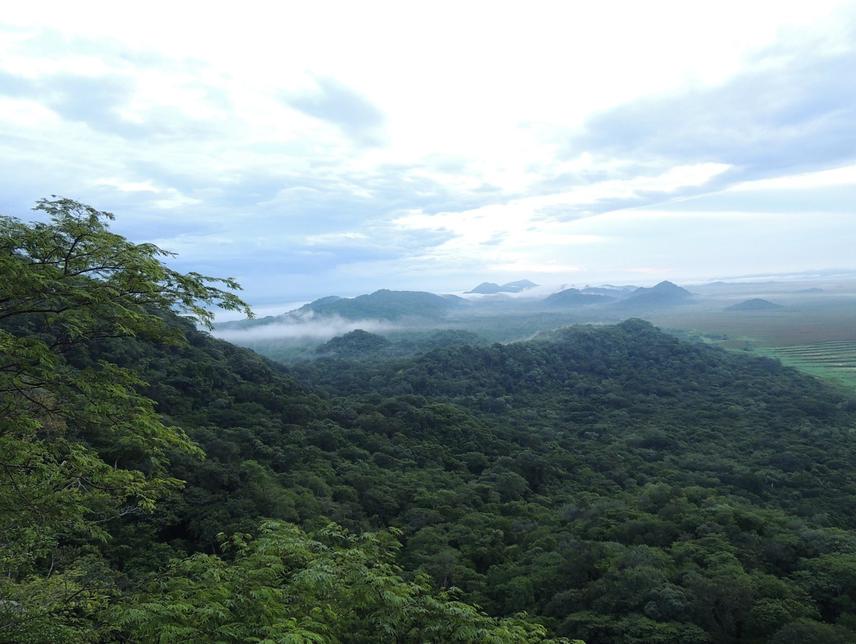David Villalobos Chaves
The aims of this project are: (A) Investigate the interactions and the influence of animals, plants and abiotic features on the dispersal of large seeded plants and (B) Use the information obtained as a conservation tool in order to change the wrong perspective of bats at multiple levels.

Parque Nacional Palo Verde, Bagaces, Guanacaste, Costa Rica.
From a biological perspective:
Bats perform ecological functions as seed dispersal of hundreds of plant species, however most of the detailed studies of seed dispersal are based on small seeded plants, neglecting the dispersal of a significant portion of the local flora (large seeded plants). On the other hand, many of these studies does not include information that is necessary in order to understand in a more integral way the seed dispersal process at different scales (seed dispersal phenomena is highly dependent on many extrinsic and intrinsic factors that influence and shape the study system ── animal/plant features, climatic variables, others). The aim of my project is to investigate the interactions and the influence of animals, plants and abiotic features on the dispersal of large seeded plant species. My study sites are Parque Nacional Palo Verde and Refugio de Vida Silvestre Ostional. To accomplish my goals, I am going to:
(1) Characterized the bat species diet based on the seed shadow comprised by large seeded plants,
(2) Determine the spatio-temporal distribution and availability of food resources,
(3) Determine the spatio-temporal movements and foraging behaviour of two frugivorous bat species
(4) Evaluate and estimate the contribution of abiotic variables and extrinsic/intrinsic factors of the animals and plants on the seed dispersal process. Our ultimate purpose is to evaluate the interaction between frugivory and seed dispersal from a multi from a multi-approach perspective.
From a conservation perspective:
Bat populations in Costa Rica have many threats. As an example, due to lack of information about the biology and benefits of the bats, many people (especially in rural zones) usually kill individual bats or entire colonies. However, the fact that bats can contribute, across natural processes like seed dispersal, to the regeneration, conservation and evolution of the plant communities is highly valuable as a tool for conservation activities. These kind of information is unknown for most of the people, and for this reason, I am going to use the information of my project, in addition to others important bat conservation tools, in conservation workshops that divulgate and explain the important functions of bats in our ecosystems. My final purpose is that these information will be able to elucidate and change the wrong perspective of bats at multiple levels (child - adolescents - adults; males and females; teachers - farmers, among others) and eventually help to minimize the anthropogenic pressure on these animals.